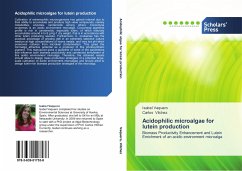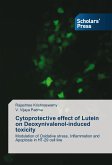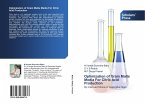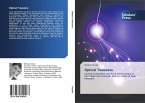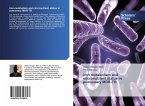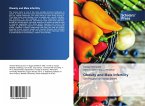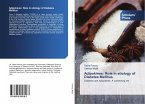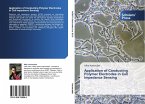Cultivation of extremophilic microorganisms has gained interest due to their ability to accumulate and produce high value compounds, namely metabolites, enzymes, carotenoids among others. Coccomyxa onubensis is an acidic environment microalga. Coccomyxa pigments profile is rich in carotenoids, especially lutein, of which naturally accumulates around 4 to 6 g Kg-1 dry weight, that is in accordance with other lutein producing species. Furthermore, C. onubensis has the practical advantage of growing well in an extremely selective culture medium at high concentrations of heavy metals, and very low pH which preserves cultures from microbial contamination. This gives the microalga attractive potential as a producer of this photosynthetic pigment. This manuscript gives a guideline of some of the parameters that influence both biomass productivity and carotenoid enrichment of this acidic environment microalga. Therefore, the obtained results should allow to design mass production strategies of a potential large-scale cultivation of acidic environment microalgae and should allow to design lutein-rich biomass production strategies of this microalga.
Bitte wählen Sie Ihr Anliegen aus.
Rechnungen
Retourenschein anfordern
Bestellstatus
Storno

